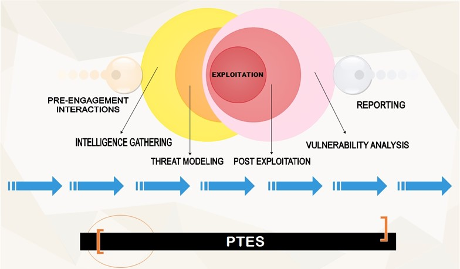Justice Sotomayor captures the essence of Utah v. Strieff when she writes:
The Court today holds that the discovery of a warrant for an unpaid parking ticket will forgive a police officer’s violation of your Fourth Amendment rights. Do not be soothed by the opinion’s technical language: This case allows the police to stop you on the street, demand your identification, and check it for outstanding traffic warrants—even if you are doing nothing wrong. If the officer discovers a warrant for a fine you forgot to pay, courts will now excuse his illegal stop and will admit into evidence anything he happens to find by searching you after arresting you on the warrant. Because the Fourth Amendment should prohibit, not permit, such misconduct, I dissent.
The facts are easy enough to summarize, Edward Strieff was seen visiting a home that had been reported (but not confirmed) as a site of drug sales. Officer Frackwell, with no suspicions that Strieff had committed a crime, detained Strieff, requested his identification and was advised of a traffic warrant for his arrest. Frackwell arrested Strieff and while searching him, discovered “a baggie of methamphetamine and drug paraphernalia.”
Frackwell moved to suppress the “a baggie of methamphetamine and drug paraphernalia” since Officer Frackwell lacked even a pretense for the original stop. The Utah Supreme Court correctly agreed but the Supreme Court in this decision, written by “Justice” Thomas, disagreed.
The “exclusionary rule” has a long history but for our purposes, it suffices to say that it removes any incentive for police officers to stop people without reasonable suspicion and demand their ID, search them, etc.
It does so by excluding any evidence of a crime they discover as a result of such a stop. Or at least it did prior to Utah v. Strieff. Police officers were forced to make up some pretext for a reasonable suspicion in order to stop any given individual.
No reasonable suspicion for stop = No evidence to be used in court.
That was the theory, prior to Utah v. Strieff
Sotomayor makes clear in her dissent, this was a suspicionless stop:
…
This case involves a suspicionless stop, one in which the officer initiated this chain of events without justification. As the Justice Department notes, supra, at 8, many innocent people are subjected to the humiliations of these unconstitutional searches. The white defendant in this case shows that anyone’s dignity can be violated in this manner. See M. Gottschalk, Caught 119–138 (2015). But it is no secret that people of color are disproportionate victims of this type of scrutiny. See M. Alexander, The New Jim Crow 95–136 (2010). For generations, black and brown parents have given their children “the talk”— instructing them never to run down the street; always keep your hands where they can be seen; do not even think of talking back to a stranger—all out of fear of how an officer with a gun will react to them. See, e.g., W. E. B. Du Bois, The Souls of Black Folk (1903); J. Baldwin, The Fire Next Time (1963); T. Coates, Between the World and Me (2015).
By legitimizing the conduct that produces this double consciousness, this case tells everyone, white and black, guilty and innocent, that an officer can verify your legal status at any time. It says that your body is subject to invasion while courts excuse the violation of your rights. It implies that you are not a citizen of a democracy but the subject of a carceral state, just waiting to be cataloged.
We must not pretend that the countless people who are routinely targeted by police are “isolated.” They are the canaries in the coal mine whose deaths, civil and literal, warn us that no one can breathe in this atmosphere. See L. Guinier & G. Torres, The Miner’s Canary 274–283 (2002). They are the ones who recognize that unlawful police stops corrode all our civil liberties and threaten all our lives. Until their voices matter too, our justice system will continue to be anything but. (emphasis in original)
New rule: Police can stop you at any time, for no reason, demand identification, check your legal status, if you are arrested as a result of that check, any evidence seized can be used against you in court.
Police officers were very good at imagining reasonable cause for stopping people, but now even that tissue of protection has been torn away.
You are subject to arbitrary and capricious stops with no disincentive for the police. They can go fishing for evidence and see what turns up.
For all of that, I don’t see the police as our enemy. They are playing by rules as defined by others. If we want better play, such as Fourth Amendment rights, then we need enforcement of those rights.
It isn’t hard to identify the enemies of the people in this decision.
Hackers, you too can be stopped at anytime. Hackers should never carry incriminating USB drives, SIM cards, etc. If possible, everything even remotely questionable should not be in a location physically associated with you.
Remote storage of your code, booty, etc., protects it from clumsy physical seizure of local hardware and, if you are very brave, enables rapid recovery from such seizures.



